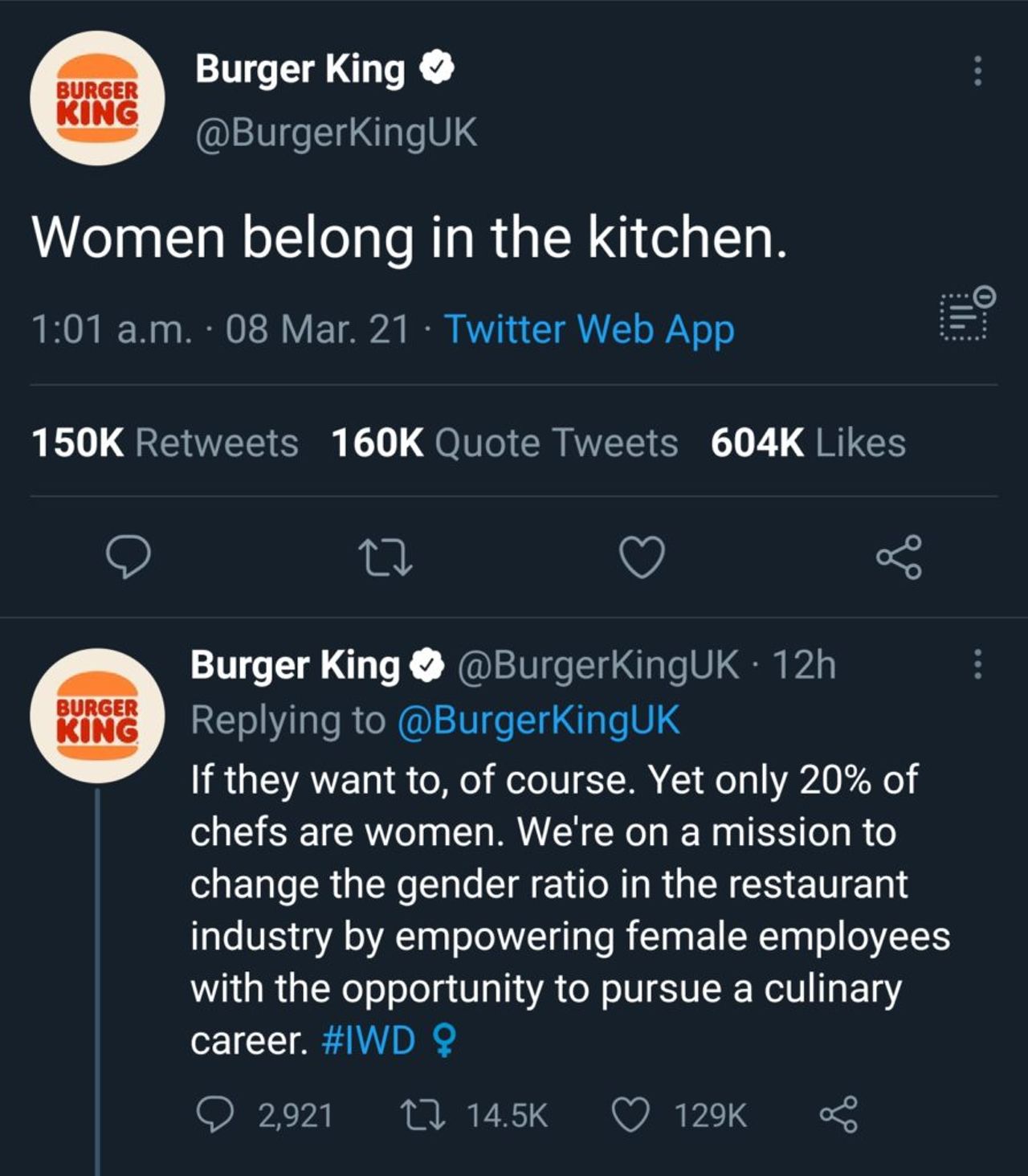Control or delete? How brands can avoid social media cyclones
Social media can be a tricky terrain to master sometimes, for brands as much as for individuals. Teodora Gavrilut, Chief Operating Officer at Creatopy, looks at some of the best practices for making sure your brand isn't in the eyes of the Twitter storm.
In the late 1800s legendary Scottish novelist Robert Louis Stevenson noted that it is best to “keep your fears to yourself, but share your courage with others”.
But in our era of smartphones, social media, and omnipresent connectivity, knowing what to share and what to keep to yourself is more difficult than ever. Especially for brands. It is vital that brands have a presence on - and know how to engage people through - social media. In 2020 over 3.6 billion people were using social media worldwide, a number projected to increase to almost 4.41 billion by 2025.
There are risks that come with having an active social media presence. Brands, like people, can get it wrong sometimes.
Technology and social platforms play a pivotal role in modern life, connecting us to our peers and passions. It provides every user with a podium to share their thoughts, voice their frustrations and compare their memes. Brands are an essential part of this digital discourse and, increasingly, consumers expect brands to use these platforms to engage with wider social issues.

Above: Burger King's initial tweet on International Women's Day sparked a flurry of condemnation.
According to Futurecast’s research report, Getting to Know Gen Z: How the Pivotal Generation is Different from Millennials, a full 60% of Generation Z expect the brands they support to take a stand on the social issues they believe in. But there are risks that come with having an active social media presence. Brands, like people, can get it wrong sometimes.
The contentious post heralded follow-up messages designed to undermine the aforementioned stereotype, but not before the damage had been done.
Burger King, who is intentionally impetuous on social media, marked International Women’s Day with a series of tweets, the first of which stated that “women belong in the kitchen”, provoking an immediate and intense Twitter storm. The contentious post heralded a flurry of follow-up messages designed to undermine the aforementioned stereotype, but not before the damage had been done.
L’Oreal faced a backlash of that kind when it participated in the #BlackoutTuesday posting event across social media in support of the Black Lives Matter movement. Critics highlighted its decision three years earlier to fire model and transgender activist Munroe Bergdorf for calling out racism and white privilege. So, when brands get it wrong, what can they do to make it right? And how can they avoid making the same mistakes in the future?

Above: Model and transgender activist Munroe Bergdorf criticised L’Oreal for participating in the #BlackoutTuesday social media event.
Sticking to the mission
The first step is to recognise what you can control and what you cannot. Once you are fearful of negative audience reaction, you can enter a defensive mode of communicating. You begin to attempt to control the emotional responses of your audience out of fear. And acting out of fear is damaging to any brand. Instead, brands need to stick to their brand mission. From crisis often emerges opportunity. If you commit to your values and carefully craft your actions and messaging around them, there is no reason to fear accusations of inauthenticity. Equally, your brand values should give you room to apologise for any miscommunication.
It’s easy to get frustrated when dealing with mass (and often unfounded!) criticism.
The most important thing is not to lose your cool. It’s easy to get frustrated when dealing with mass (and often unfounded!) criticism. These moments require calm individuals and strong internal processes. Calmness is the best defence against trolling. It’s also critical that you deliver your brand mission consistently across all platforms, offline and online. This means aligning your entire brand ecosystem, from social media visuals to OOH campaigns, to ensure that your message is uniform and lives authentically throughout the business.
Remember, no brand can promise perfection, but you can project authenticity by actively living your purpose in every interaction.

Above: As a brand, you must be careful not to operate within a social media bubble.
Test, then tweet
Agencies and creatives often operate in an echo chamber. It’s critical to invest in understanding your audience, allowing brands to better predict how activity on social will be perceived. Testing has been commonplace in advertising since its inception, but it is less frequently seen in digital marketing today. This isn’t to say you should focus-group every tweet, but you should understand what topics resonate well with your audience, and you can build strategies and content from this base of understanding.
Engaging with an issue is always better than ignoring it.
Transparency and trust
There will always be a segment of people that won’t agree with you. And that’s OK. You’ll get stuck in a bubble if you only surround yourself with people that agree with you. But by being engaged and transparent, you’ll be in a better position to receive forgiveness from the audience that truly matters to you if you run another less-than-inspired campaign that offends them.
Engaging with an issue is always better than ignoring it. If you ignore comments it casts your brand in an unfavourable light and increases the resentment from commenters. But an even more damaging move is to delete comments; people will notice, and it can make a brand seem insensitive at best and uncaring at worst.
If you ignore comments it casts your brand in an unfavourable light.
Social media is a whirlwind. Even for the most meme-literate, digitally native, agile brands it is challenging to keep up the breakneck speed at which it moves. But to return to the words of Robert Louis Stevenson, it is a place in which brands should share their courage and not let their fears dictate the discourse.
)




 + membership
+ membership








